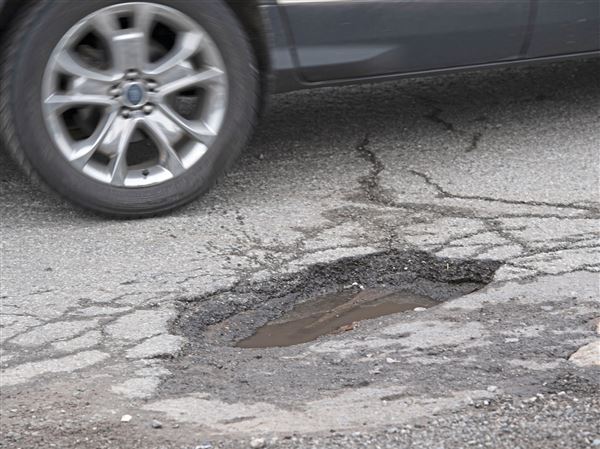At the end of the 21st century, rising sea levels could trigger the greatest movement of Americans since the Great Migration of African-Americans from the South northward during the last century. A new study in the journal Nature Climate Change said the number of people affected by rising sea levels could be three times higher than previously thought.
The former way of assessing coastal disruption was to look at current population and infrastructure, then project the exodus due to rising seas. The revised method takes into account likely population growth.
The updated forecasts say that if sea level rises 35.4 inches by the year 2100, it will lead to flooding that displaces 4.2 million people in the coastal United States. If sea level rises 70.9 inches, the high end of the scale, 13.1 million people will be at risk. Both scenarios would be disastrous for all U.S. coastal cities, especially those in the Southeast.
Obviously, not just the United States would face calamitous floods under these scenarios. Other nations, particularly those in South Asia that are already prone to flooding, would face even greater threats.
There is no doubt that sea levels are going up. If the trend continues, people, jobs and economies will be threatened. That means leaders must stop debating and denying and focus instead on the protective measures that might head off disaster.
First Published: March 17, 2016, 4:00 a.m.















